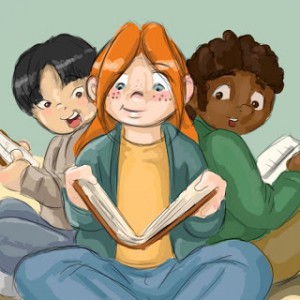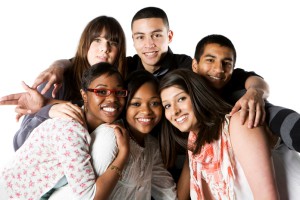It can be hard to acknowledge that all of us, even children, are sexual beings, have sexual feelings and are curious about sex and sexuality. Children’s curiosity can lead to exploring their own and each other’s body parts by looking and touching. They may peek when family members are in the bathroom or changing clothes or try to listen outside the bedroom. They may look at magazines, books, videos, and on the internet.
body parts by looking and touching. They may peek when family members are in the bathroom or changing clothes or try to listen outside the bedroom. They may look at magazines, books, videos, and on the internet.
It can be hard to tell the difference between “normal” sexual behaviors and behaviors that are signs that a child may be developing a problem. Sexual play that is more typical or expected in children will more often have the following traits:
- The sexual play is between children who have an ongoing mutually enjoyable play and/or school friendship.
- The sexual play is between children of similar size, age, and social and emotional development.
- It is lighthearted and spontaneous. The children may be giggling and having fun when you discover them.
- When adults set limits (for example, children keep their clothes on at day care), children are able to follow the rules.
PRESCHOOL AGE (0 to 5 years)
Common:
Will have questions and express knowledge relating to:
• differences in gender, private body parts
• hygiene and toileting
• pregnancy and birth
Will explore genitals and can experience pleasure.
Showing and looking at private body parts.
Uncommon:
Having knowledge of specific sexual acts or explicit sexual language.
Engaging in adult-like sexual contact with other children.
SCHOOL-AGE (6-8 years)
Common:
Will need knowledge and have questions about:
• physical development, relationships, sexual behavior
• menstruation and pregnancy
• personal values

Experiment with same-age and same gender children, often during games or role-playing.
Self stimulation in private is expected to continue.
Uncommon:
Adult-like sexual interactions,
Having knowledge of specific sexual acts,
Behaving sexually in a public place or through the use of phone or internet technology.
SCHOOL-AGE (9-12 years)
Hormonal changes and external influences, such as peers, media and Internet, will increase sexual awareness, feelings and interest at the onset of puberty.
Common:
Will need knowledge and have questions about
• Sexual materials and information
• Relationships and sexual behavior
• Using sexual words and discussing sexual acts and personal values, particularly with peers
Increased experimentation with sexual behaviors and romantic relationships.
Self stimulation in private is expected to continue.
Uncommon:
Regularly occurring adult-like sexual behavior .
Behaving sexually in a public place.
ADOLESCENCE (13 to 16)
 Common:
Common:
Will need information and have questions about
• Decision making
• Social relationships and sexual customs
• Personal values and consequences of sexual behavior
Self stimulation in private is expected to continue.
Girls will begin menstruation; boys will begin to produce sperm.
Sexual experimentation between adolescents of the same age and gender is common.
Voyeuristic behaviors are common in this age group.
First sexual intercourse will occur for approximately one third of teens.
Uncommon:
Masturbation in a public place.
Sexual interest directed toward much younger children.